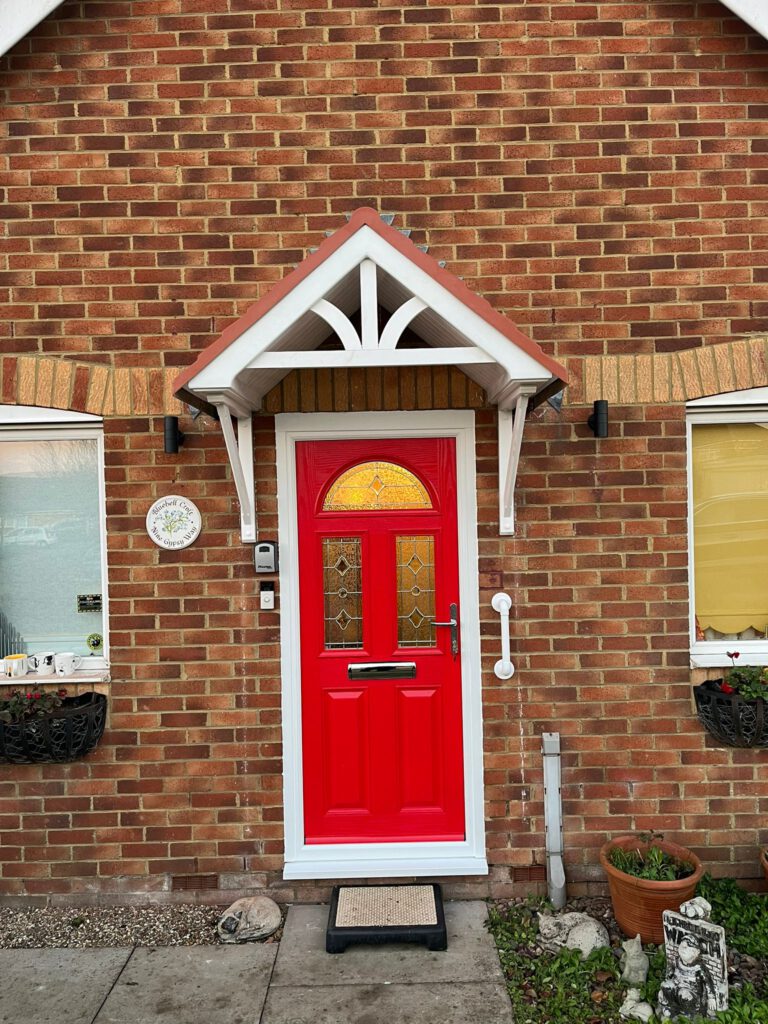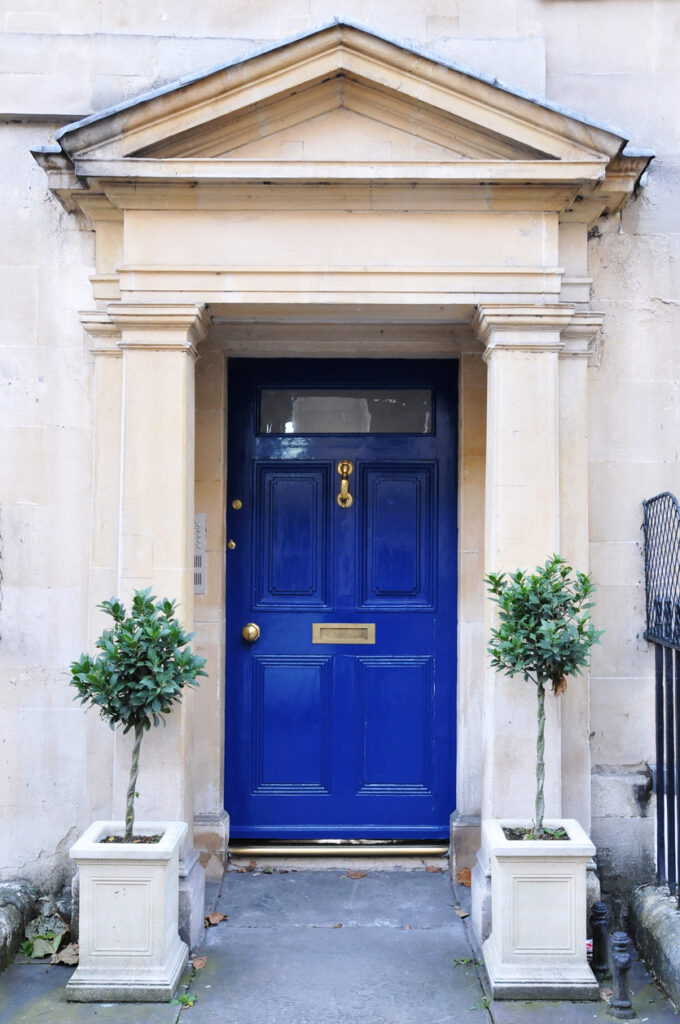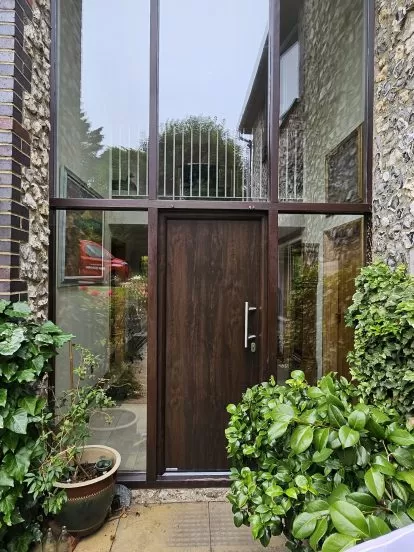A Guide to the Best Front Door Materials
As the first thing that visitors will see upon arrival, your front door is one of your home’s most important features: it welcomes guests, helps to retain heat and protects against intruders. So, if your front door is looking a little worse for wear, it’s in your best interests to invest in a replacement.
With so many options available, it can be tricky to know where to start, so it’s important to begin with the basics: which front door material should you choose?
To help with your decision, the team at JB Garage Doors has written this guide to the best front door materials.

Wooden front doors
Pros: Traditional and timeless, wooden front doors have a naturally warm, elegant look that is particularly suited to period properties. As a naturally insulating material, timber front doors are especially energy efficient when properly sealed and help to retain heat without the need for additional insulation. Plus, if properly treated, a high-quality wooden door will last you for decades to come, so you won’t need to worry about a replacement anytime soon.
Cons: All of the above benefits come at a cost, and wooden front doors generally come in at a higher price tag than their metal and composite counterparts. There’s also the maintenance to consider; to prevent rot and warping, the wood must be periodically stained, sealed and treated, which costs you time and money.
Aluminium front doors
Pros: Despite being incredibly lightweight, aluminium is especially strong. That makes it the ideal front door material, as it can withstand heavy impacts and attempts at forced entry. It’s durable too, and will resist rust and corrosion with minimal maintenance or treatment required.
Cons: Aluminium front doors tend to have a sleek, minimalist look. While that’s great if you have a more modern home, they might not suit older period properties. As aluminium is a highly conductive material, a standard aluminium door usually offers poor energy efficiency; however, there are plenty of insulated models available to tackle this problem.

Composite front doors
Pros: Composite front doors are made from a blend of materials like timber, GRP, uPVC and foam which, when combined, provide exceptional energy efficiency. Composite doors are specifically designed to be durable and they can withstand even the worst weather without any warping, weathering or rotting. Plus, given their multi-layer design, they’re extremely secure and resistant to forced entry.
Cons: Composite doors do tend to come with a higher price tag, although it’s important to remember that, thanks to their durability, you won’t need to carry out much maintenance or invest in a replacement anytime soon. They can also be a little on the heavier side, meaning they might not be suitable for those with limited mobility.
What’s the best front door colour?
Now you’ve chosen the right material, you might want to focus on appearance. At JB Garage Doors, we have seven standard colour options to choose from. Those who want something sleek and modern might prefer monochrome tones, like white, black and anthracite, whereas homeowners looking for something a little bolder might want to add a splash of colour with a red, green or blue front door. We can also match your front door to your garage door for a cohesive look.

Which front door is right for me?
There is no right or wrong answer, and the most suitable front door depends entirely on your needs. If security and budget are your top priorities, then an aluminium door might be the best option, whereas if you value aesthetics and you live in a period property, a wooden front door may meet your needs better. Similarly, if you’re looking to reduce energy bills and want something that needs next to no maintenance, you might want to consider a composite door.
Not sure what you need? For more than 50 years, the team at JB Garage Doors has been supplying and installing high-quality front doors at homes across Kent, including Maidstone, Ashford and Canterbury. Contact us to find out more.
